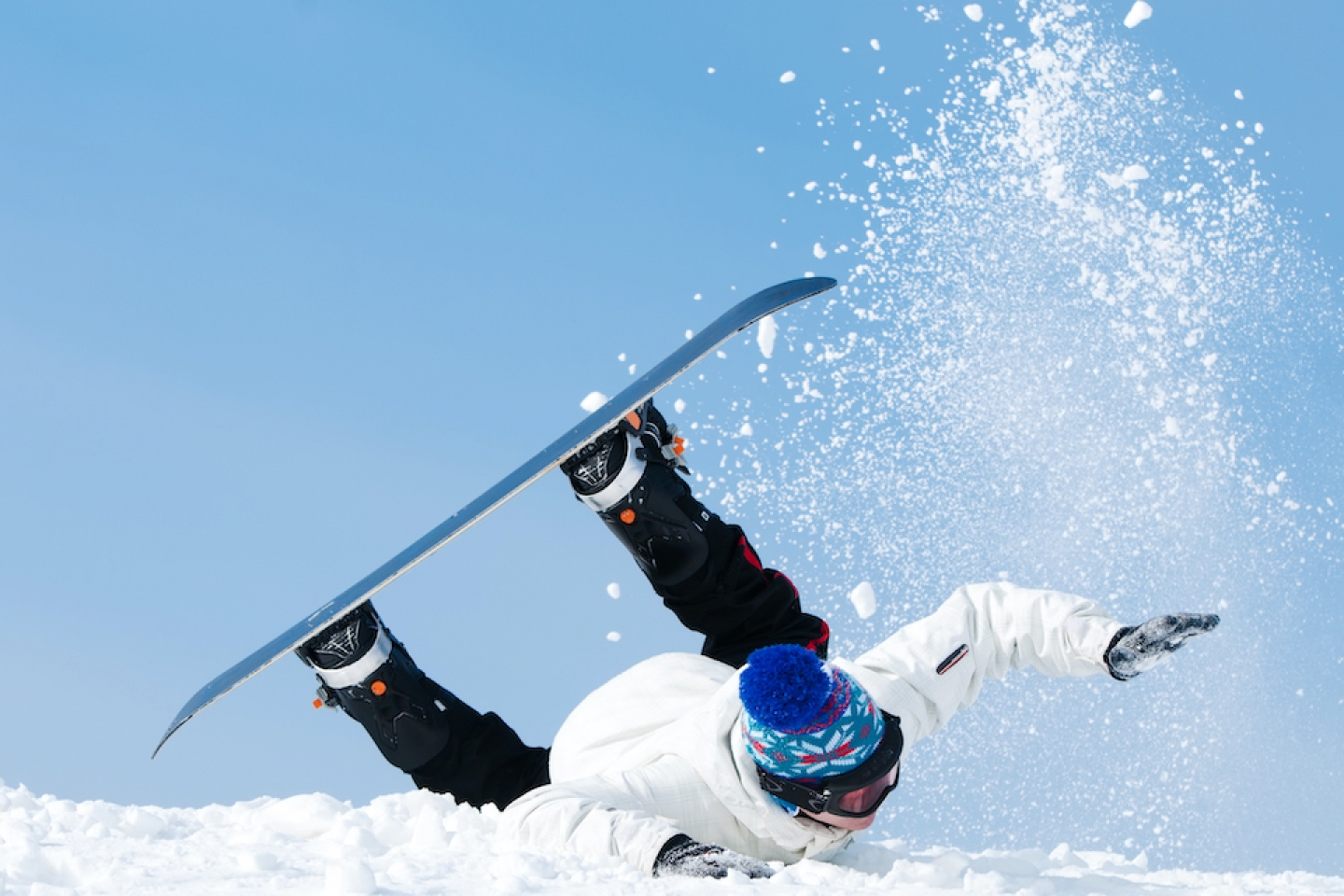
Winter brings winter sports, which bring the risk of traumatic brain injury (TBI). So, before your young athlete hits the slopes or ice rink, make sure you know what a TBI looks like.
TBI, which occurs most commonly in athletes younger than age 15, refers to a spectrum of brain insults that range from mild to severe, including sport-related concussion (SRC), diffuse brain injury, second impact syndrome, subdural hematoma, and epidural hematoma, says Nitin K Sethi, MD, Associate Professor of Neurology. “TBI describes not just one condition but a spectrum of severity,” Dr. Sethi explains. “On one end you have concussion, which is the mildest, and at the far end you have severe brain injuries, like hematomas, that involve bleeding in the brain,” he says.
A direct blow to the head, or a blow to the body that suddenly rotates the head, can lead to a concussion, causing the brain to rapidly move back and forth inside the skull. “You don’t need impact to the head to have a concussion,” Dr. Sethi notes. For example, a football tackle or a fender bender may involve no head contact but could cause the head to whip around fast enough to cause a concussion.
Concussions typically do not damage the brain. “In the majority of cases, CAT-scans of concussion come back negative,” Dr. Sethi says. Yet, a concussion can temporarily stop the brain from working properly.
The danger is in not recognizing the signs of a concussion, especially since they are not always obvious, Dr. Sethi stresses. “Parents should know that concussion symptoms—a headache, dizziness, difficulty tolerating light or noise--could be very subtle,” he says. Athletes who have sustained a knock to the head commonly insist that they’re fine so that they can keep playing. “If you’re a coach on the sideline you may not notice anything wrong until you see that a player is off balance, looks confused or disoriented, or has a glassy look in his eyes,” he says.
A concussion can cause a range of physical and cognitive symptoms that appear immediately or several days later, including:
Even severe head injuries, like hematomas, do not always produce immediate symptoms, Dr. Sethi says, recounting the late actor Natasha Richardson, who fell off her skis and hit the back of her head, insisted she felt fine, and refused medical care. “We call these injuries walking, talking, and dying. By the time she got to the hospital, her brain was hemorrhaging.”
With complete physical and mental rest (limited reading and use of all screens), most athletes recover from a concussion within two to four weeks, Dr. Sethi says. But being symptom-free does not mean the brain is fully healed. After acute symptoms have subsided, athletes should observe a return-to-play protocol: attempting small activities progressively, monitoring their symptoms and, if none return, then attempting more.
Returning to the field too quickly increases the risk for another concussion, which increases the likelihood for problems, such as learning difficulties, chronic headaches, or behavioral symptoms, which can linger for weeks or months after the initial injury. “You have to give your brain time to recover,” Dr. Sethi says.
Wearing the right helmet and mouth guard can dramatically decrease the possibility of traumatic brain injuries, he adds. The helmet should fit snugly, cover the head, have no damage, and carry the ASTM (American Society for Testing and Materials) label to ensure it has been tested and meets safety standards.
Most importantly, parents, coaches, and athletes must learn how to recognize the signs of a concussion. Coaches should bench a player who may have sustained one, while players who feel off-balance, dizzy, or nauseous after hitting their head should alert their coach. Says Dr. Sethi, “If you feel something say something.”